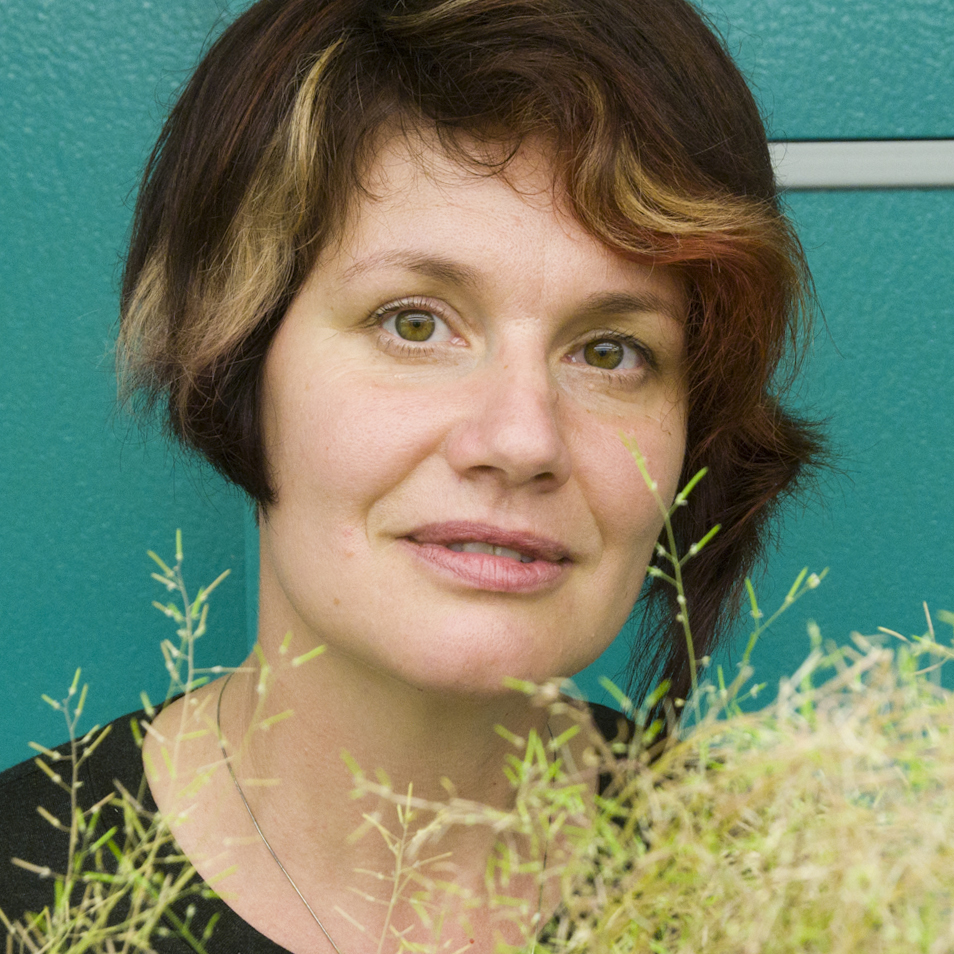Plant researchers have long sought to engineer endogenous gene regulation to improve crop traits, and to insert into crops multi-gene cassettes that encode metabolic pathways for bioproducts. However, we lack sufficient knowledge of the functional elements directing gene expression and the ways in which they interact – the regulatory grammar – to make the engineering of crop traits and pathways routine. Thus far, predicting the expression in plants of synthetic genes and pathways, even those composed of well-characterized DNA sequences, remains a major challenge. Indeed, when individual pathway genes are assembled into larger designs, their performance shows strong context-dependent properties. Moreover, our current tool set contains only a handful of regulatory elements, often of bacterial and viral origin, that constitutively and ubiquitously drive gene expression, contributing to expression interference, silencing and reduced crop fitness. Thus, new approaches are needed to engineer programmable and tunable gene expression. Our team has pioneered Plant STARR-seq, a reductionist but highly versatile MPRA, to test the activity of hundreds of thousands of regulatory elements in a dicot and a monocot system. The large scale of the resulting data allows for machine learning and in silico evolution of regulatory elements with desired features. I will discuss our recent efforts to understand insulators and silencers in plant genomes.
Genome-scale regulatory landscapes and long-range regulatory interactions are typically inferred from short-read data. To resolve the context-dependency of gene regulation, we need to move beyond averaging large numbers of small fragments that are mapped back to the genome; instead, we need to explore the regulatory events that occur simultaneously on single chromatin fibers. We have adapted Fiber-seq, a long-read single molecule method, for use in plants. Fiber-seq of maize leaf protoplasts faithfully recapitulates regulatory elements found in matched ATAC-seq samples and finds new elements. I will present results on regulatory activity in LTR retrotransposons, and show that Barbara McClintock’s discovery of transposon mobility may have been aided by less rigidly packed chromatin at these specific loci.


